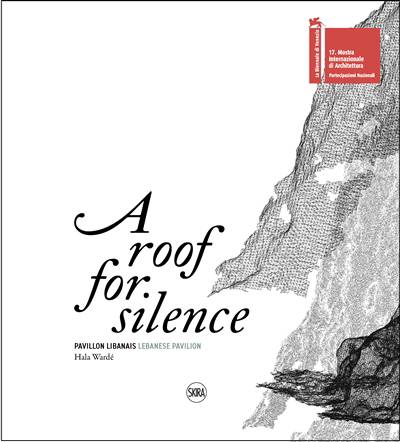
Je cadeautjes zeker op tijd in huis hebben voor de feestdagen? Kom langs in onze winkels en vind het perfecte geschenk!
- Afhalen na 1 uur in een winkel met voorraad
- Gratis thuislevering in België vanaf € 30
- Ruim aanbod met 7 miljoen producten
Je cadeautjes zeker op tijd in huis hebben voor de feestdagen? Kom langs in onze winkels en vind het perfecte geschenk!
- Afhalen na 1 uur in een winkel met voorraad
- Gratis thuislevering in België vanaf € 30
- Ruim aanbod met 7 miljoen producten
Zoeken
Un toit pour silence
Pavillon libanais
Exposition internationale d'architecture (17 ; 2021 ; Venise, It
Paperback | Frans
€ 35,00
+ 70 punten
Omschrijving
A partir d'un cycle de seize peintures de la poétesse et peintre E. Adnan et de photos de Fouad Elkoury et d'Alain Fleischer sur le thème de l'olivier, l'architecte H. Wardé a conçu le Pavillon libanais pour la biennale d'architecture de Venise. Cet ouvrage retrace la genèse de ce petit bâtiment silencieux et lumineux au toit demi-sphérique.
Specificaties
Betrokkenen
- Auteur(s):
- Uitgeverij:
Inhoud
- Aantal bladzijden:
- 232
- Taal:
- Frans
Eigenschappen
- Productcode (EAN):
- 9782370741677
- Verschijningsdatum:
- 7/07/2021
- Uitvoering:
- Paperback
- Afmetingen:
- 220 mm x 230 mm
- Gewicht:
- 1044 g

Alleen bij Standaard Boekhandel
+ 70 punten op je klantenkaart van Standaard Boekhandel
Beoordelingen
We publiceren alleen reviews die voldoen aan de voorwaarden voor reviews. Bekijk onze voorwaarden voor reviews.









